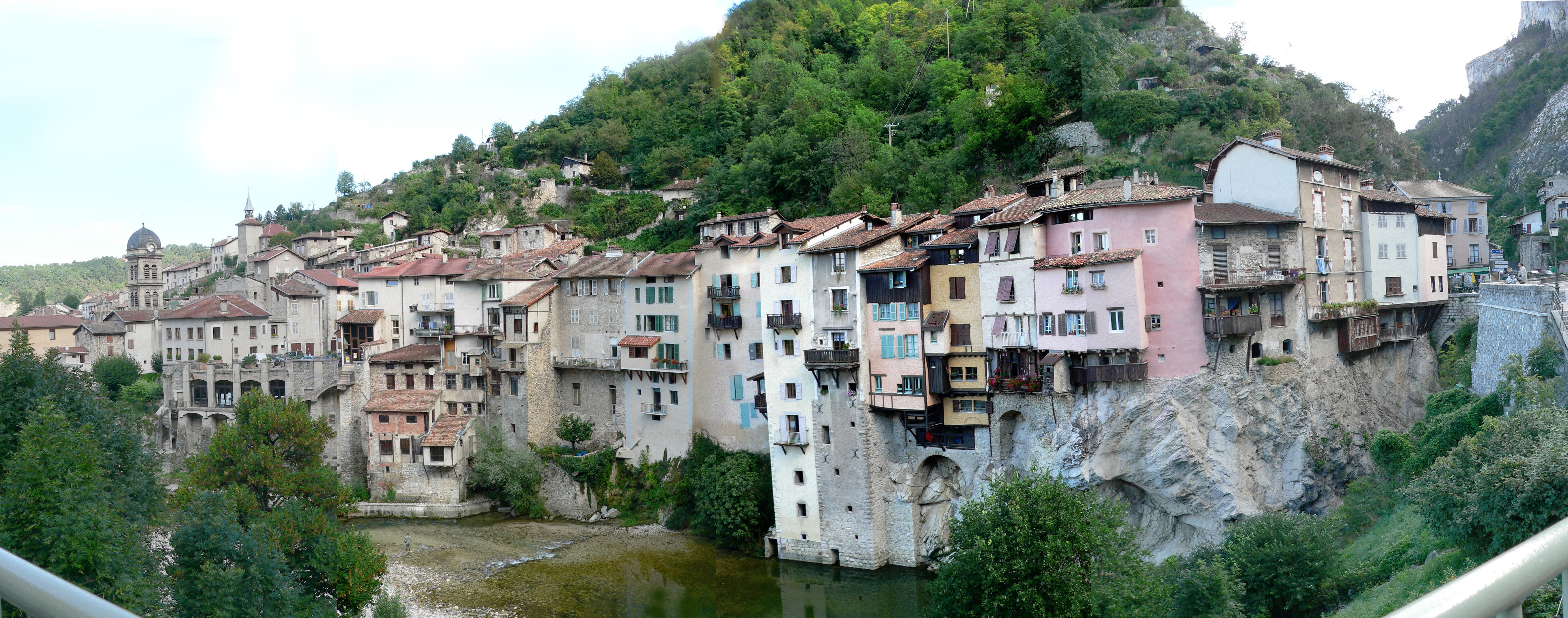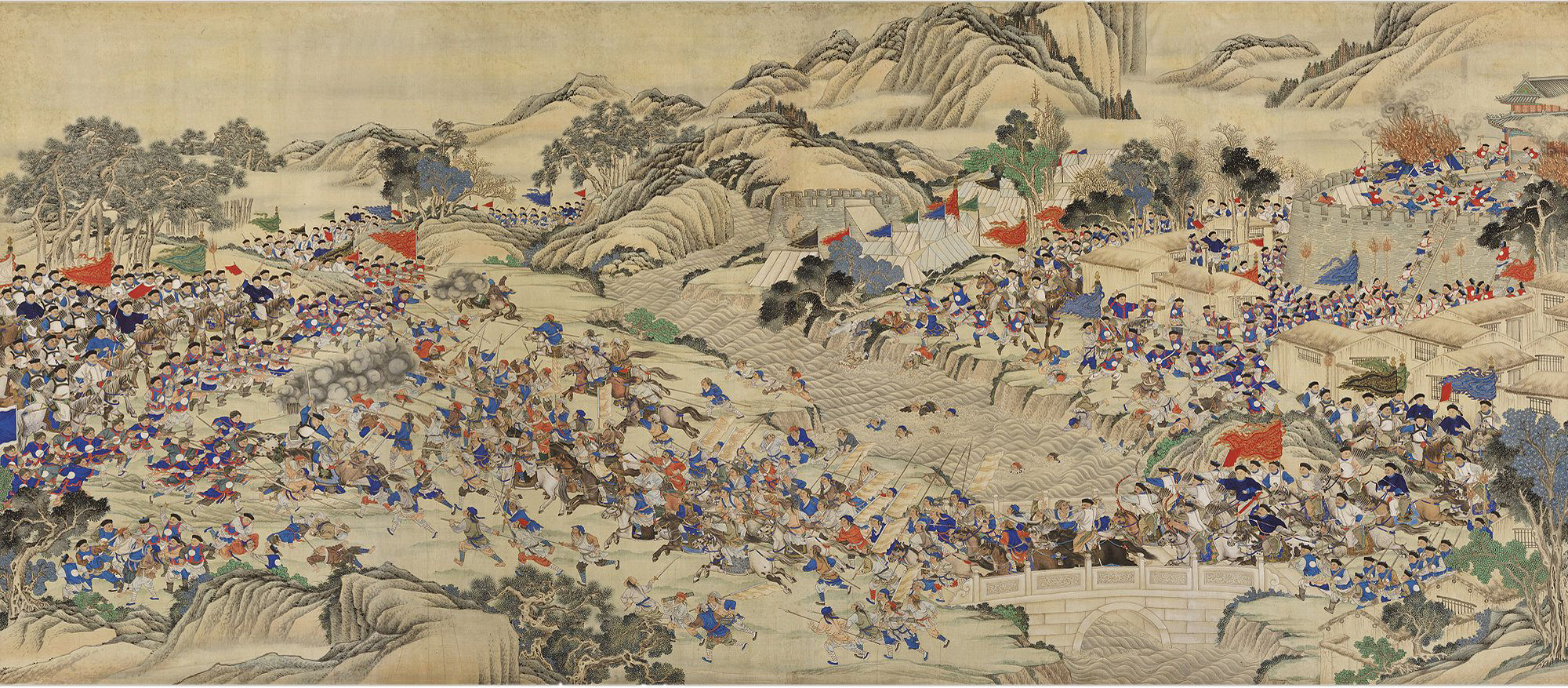|
Lus-la-Croix-Haute
Lus-la-Croix-Haute is a commune in the Drôme department in southeastern France. Geography It is situated in the Dauphiné Alps. It is the highest commune in the Drôme départment. Lus-la-Croix-Haute is a very extended community in the département of Drôme, with an area of , in the valley and area of Lus c. 1000 m mountainous environment c. altitude, facing towards Drôme. The community borders with the départements of Isère et the Hautes-Alpes (High-Alpes), between the massive mountains of Dévoluy in the east, the (valley) of Trièves in the north and the Diois in the west. Lus-la-Croix-Haute is centered between Clelles and Aspres-sur-Buëch. The community includes 24 areas, including La Caire, Les Corréardes, Le Trabuech, Mas Rebuffat, Mas Bourget, La Jarjatte, Les Morlières, Les Lussettes, Moulin de l'Ours, Les Fauries, and Les Miellons. The community is known for the col de la Croix-Haute, at its northern limit, through which route national 75 joins Mar ... [...More Info...] [...Related Items...] OR: [Wikipedia] [Google] [Baidu] |
Parc Naturel Régional Du Vercors
The Vercors Regional Natural Park (French: ''Parc naturel régional du Vercors'') is a protected area of forested mountains in the Rhône-Alpes region of southeastern France. Geography Set upon a limestone plateau south of Grenoble, the park extends into the French Western Alps. It spans two departments, Drôme and Isère, and covers a total area of . The plateau's main elevation reaches while the eastern Alpine mountain ridge tops with Le Grand Veymont (2341m). The Vercors area is peppered with caves. During World War II, it served as a safe and defensible position for the French Resistance: ''Forteresse de la Résistance''. The area now contains around three hundred monuments to the Resistance, including a memorial center and the preserved remains of a destroyed village. In modern times, Vercors has become a popular tourist destination frequented for skiing, hiking and spelunking. Several small communes dot the landscape, supported principally by forestry, shepherding and ... [...More Info...] [...Related Items...] OR: [Wikipedia] [Google] [Baidu] |
Communes Of The Drôme Department
The following is a list of the 363 communes of the Drôme department of France. The communes cooperate in the following intercommunalities (as of 2020):BANATIC Périmètre des EPCI à fiscalité propre. Accessed 3 July 2020. * (partly) * * |
Col De La Croix-Haute
Col de la Croix-Haute (el. 1179 m.) is a high mountain pass in the French Dauphiné Alps on the border of the Isère and Drôme departments, linking the towns of Clelles and Mens in the North with Lus-la-Croix-Haute in the South. See also * List of highest paved roads in Europe * List of mountain passes This is a list of mountain passes. Africa Egypt * Halfaya Pass (near Libya) Lesotho * Moteng Pass * Mahlasela pass * Sani Pass Morocco * Tizi n'Tichka South Africa * Eastern Cape Passes * Western Cape Passes * Northern Cape Passes * Kwa ... Croix Haute Landforms of Isère Landforms of Drôme Croix Haute Transport in Auvergne-Rhône-Alpes Dauphiné Prealps {{RhoneAlpes-geo-stub ... [...More Info...] [...Related Items...] OR: [Wikipedia] [Google] [Baidu] |
Wars Of Religion
A religious war or a war of religion, sometimes also known as a holy war ( la, sanctum bellum), is a war which is primarily caused or justified by differences in religion. In the modern period, there are frequent debates over the extent to which religious, economic, ethnic or other aspects of a conflict are predominant in a given war. The degree to which a war may be considered religious depends on many underlying questions, such as the definition of religion, the definition of 'religious war' (taking religious traditions on violence such as 'holy war' into account), and the applicability of religion to war as opposed to other possible factors. Answers to these questions heavily influence conclusions on how prevalent religious wars have been as opposed to other types of wars. According to scholars such as Jeffrey Burton Russell, conflicts may not be rooted strictly in religion and instead may be a cover for the underlying secular power, ethnic, social, political, and economic ... [...More Info...] [...Related Items...] OR: [Wikipedia] [Google] [Baidu] |
Netherlands
) , anthem = ( en, "William of Nassau") , image_map = , map_caption = , subdivision_type = Sovereign state , subdivision_name = Kingdom of the Netherlands , established_title = Before independence , established_date = Spanish Netherlands , established_title2 = Act of Abjuration , established_date2 = 26 July 1581 , established_title3 = Peace of Münster , established_date3 = 30 January 1648 , established_title4 = Kingdom established , established_date4 = 16 March 1815 , established_title5 = Liberation Day (Netherlands), Liberation Day , established_date5 = 5 May 1945 , established_title6 = Charter for the Kingdom of the Netherlands, Kingdom Charter , established_date6 = 15 December 1954 , established_title7 = Dissolution of the Netherlands Antilles, Caribbean reorganisation , established_date7 = 10 October 2010 , official_languages = Dutch language, Dutch , languages_type = Regional languages , languages_sub = yes , languages = , languages2_type = Reco ... [...More Info...] [...Related Items...] OR: [Wikipedia] [Google] [Baidu] |
Velay
Velay () is a historical area of France situated in east Haute-Loire ''département'' and south east of Massif central. History Julius Caesar mentioned the vellavi as subordinate of the arverni. Strabon suggested that they might have made secession from the arverni and Ptolemy located them as ''vellauni''. The country is well delimited by natural obstacles: Allier river in the south, Mount Boutières and Mézenc on the east, Mount Devès on the west. Devès has Celtic toponyms clearly suggesting an antic border (Fix from ''finis''; la Durande from Gaulish ''Equiranda'' meaning frontier). No explanation concerning the toponym, except 19th century's naïve scholastic ones that connected the name to PIE root ''wel'' (land of "well ... people") or even to the mythological ''Hel'' (“land or mountains of the hell” referring to the volcanic geology). Middle Ages In the early Middle Ages Velay was known as and was placed under the rule of the Duchy of Aquitaine, and follow ... [...More Info...] [...Related Items...] OR: [Wikipedia] [Google] [Baidu] |
Orange, Vaucluse
Orange (; Provençal dialect, Provençal: ''Aurenja'' or ''Aurenjo'' ) is a Communes of France, commune in the Vaucluse Departments of France, department in the Provence-Alpes-Côte d'Azur Regions of France, region in southeastern France. It is about north of Avignon, on the departmental border with Gard, which follows the Rhône. Orange is the second-most populated city in Vaucluse, after Avignon. Name The settlement is attested as ''Arausio'' and ''Arausion'' in the first and second centuries AD, then as ''civitas Arausione'' in the fourth century, ''civitas Arausicae'' in 517 (via a Germanized form *''Arausinga''), ''Aurengia civitatis'' in 1136, and as ''Orenga'' in 1205. The name ''Arausio'' can be explained as the Gaulish ''ar-aus(i)o''- ('temple, cheek'), itself derived from an earlier Proto-Celtic *''far-aws(y)o''-, which literally means 'in front of the ear' (cf. Old Irish ''ara'', ''arae''; Ancient Greek ''pareiaí'', ''parauai'' < *''par-ausiā''). [...More Info...] [...Related Items...] OR: [Wikipedia] [Google] [Baidu] |
Vivarais
Vivarais (; oc, Vivarés; la, Vivariensis provincia{{cite web , url=http://www.columbia.edu/acis/ets/Graesse/orblatv.html , title = ORBIS LATINUS - Letter V) is a traditional region in the south-east of France, covering the ''département'' of Ardèche, named after its capital Viviers on the river Rhône. In feudal times part of the Holy Roman Empire with its bishop as count, it became in 1309 one of the Capetian territories as included in the Languedoc province of the French realm, and continued to be a French province until 1789. In 1999, a wine region, Côtes du Vivarais AOC, was established near Côtes du Rhône in several communes of the south of ''département'' Ardèche and a few in northern Gard Gard () is a department in Southern France, located in the region of Occitanie. It had a population of 748,437 as of 2019; [...More Info...] [...Related Items...] OR: [Wikipedia] [Google] [Baidu] |
Vercors Plateau
The Vercors Massif is a range in France consisting of rugged plateaus and mountains straddling the ''départements'' of Isère and Drôme in the French Prealps. It lies west of the Dauphiné Alps, from which it is separated by the rivers Drac and Isère. The cliffs at the massif's eastern limit face the city of Grenoble. Background Over time, various features of the complex geography have been recognised including, the Quatre Montagnes (four mountains), the Coulmes (gorges), the Vercors Drômois (Drome Vercors), the Hauts-Plateaux (high plateaus) and, in the foothills, Royans, Gervanne, Diois, and Trièves. The massif is sometimes called the "fortress." The movement of people tends to be between the massif and the surrounding plains rather than between the various parts of the massif itself. Until the mid twentieth century, the name ''Vercors'' was used to describe only the township of La Chapelle-en-Vercors (with Royans), and the northern area around Lans-en-Vercors, Vill ... [...More Info...] [...Related Items...] OR: [Wikipedia] [Google] [Baidu] |
Communes Of France
The () is a level of administrative division in the French Republic. French are analogous to civil townships and incorporated municipalities in the United States and Canada, ' in Germany, ' in Italy, or ' in Spain. The United Kingdom's equivalent are civil parishes, although some areas, particularly urban areas, are unparished. are based on historical geographic communities or villages and are vested with significant powers to manage the populations and land of the geographic area covered. The are the fourth-level administrative divisions of France. vary widely in size and area, from large sprawling cities with millions of inhabitants like Paris, to small hamlets with only a handful of inhabitants. typically are based on pre-existing villages and facilitate local governance. All have names, but not all named geographic areas or groups of people residing together are ( or ), the difference residing in the lack of administrative powers. Except for the municipal arrondi ... [...More Info...] [...Related Items...] OR: [Wikipedia] [Google] [Baidu] |
Odde De Bonniot
Odda () is a former municipality in the old Hordaland county, Norway. The municipality existed from 1913 until its dissolution in 2020 when it was merged into Ullensvang Municipality in Vestland county. It was located in southeastern Hordaland county, surrounding the southern end of the Sørfjorden. The administrative centre was the town of Odda, which was also the main commercial and economic centre of the entire Hardanger region. Other villages in the municipality included Botnen, Eitrheim, Håra, Røldal, Seljestad, Skare, and Tyssedal. Prior to its dissolution in 2020, the municipality was the 42nd largest by area out of the 422 municipalities in Norway. Odda is the 150th most populous municipality in Norway with a population of 7,025. The municipality's population density is and its population has decreased by 1.8% over the last decade. In 1927, Erling Johnson, working at Odda Smelteverk, invented a process to produce three-component, NPK fertilizers. This proc ... [...More Info...] [...Related Items...] OR: [Wikipedia] [Google] [Baidu] |



